Gamification is revolutionizing engagement and retention for apps. Integrating game elements into a gamified app taps into core human motivations like competition and reward-seeking. However, poor implementation can turn off your customers.
![How to Build a Gamified App [Best Tips and Tricks for Developers]](https://mycred.me/wp-content/uploads/2024/02/mycred-blog-2_How-to-Build-a-Gamified-App-Best-Tips-and-Tricks-for-Developers-66.jpg)
This comprehensive blog post will explore proven tips and best practices to build a gamified app successfully. We’ll cover foundational theory, key mechanics, UX design strategies, and advanced techniques.
Let’s get started!
Table of Contents
- Understanding Gamification
- Key Gamification Mechanics
- Design and Development Strategies
- Advanced Gamification Techniques
- Key Takeaways
- Final Words
Understanding Gamification
Today’s business thrives on a fiercely competitive landscape. Standing out takes innovation. And therefore, gamification, or applying game elements in non-game contexts, offers a proven way to cut through the noise.
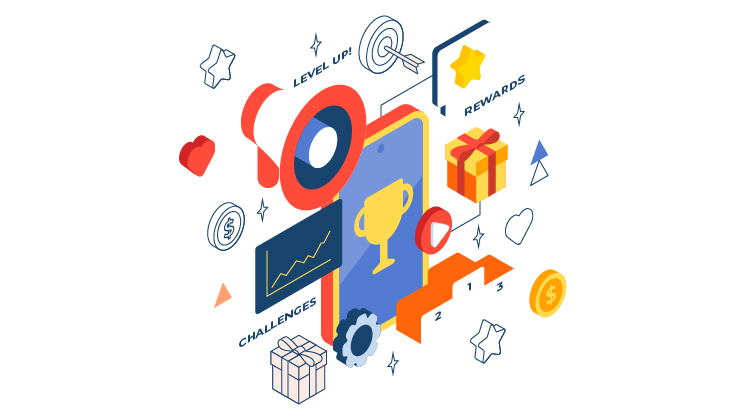
Implementing game features comes with significant potential upsides:
- Increased user engagement and enjoyment
- Greater long-term retention
- Opportunities for monetization
- Encourages desired user behaviors
- Enhanced learning and mastery
Remember! Poor execution hinders user experience. Thus, the key is integrating core psychology and purposeful design. This guide outlines techniques to unlock the full potential of a gamified app.
What is Gamification?
Gamification means taking elements like points, levels, challenges, and leaderboards from games and applying them to apps, websites, communities, or other non-game settings. For example, Duolingo uses points and levels to make language learning competitive and engaging.
Why Does it Work?
Gamification taps into basic human desires:
- We naturally enjoy collecting rewards, achievements, and gaining status. Gamification provides constant short-term goals and progress feedback.
- Leaderboards and social competition leverage our innate sense of competitiveness for motivation.
- Unlocking new levels, content, and features in a gamified app gives the inspiration to work towards something.
- The surprise of random bonuses and rewards activates the human brain’s pleasure that centers through dopamine release and reinforces behaviors.
Understanding these core motivations is key to impactful gamification implementations.
Key Gamification Mechanics and Examples
Let’s explore specific game mechanics that engage users and boost participation.
Points
Points are the simplest way to incentivize and reinforce target user behaviors—award points for completing actions to track progress and give instant feedback. Making point totals visible encourages further participation to reach new milestones that can trigger additional rewards.
For example, exercise apps like Nike+ Run Club award points for fitness activities. Users earn provisional points during activities that are finalized when logged. Point milestones unlock achievements and apparel.
Seeing progress toward the next milestone incentivizes further exercise.
Badges
Digital badges in a gamified app visually recognize achievements and give users bragging rights. They satisfy our need for competency by offering visible proof of accomplishments. Make badges challenging to unlock to increase their value.
Implement badge categories like bronze, silver, and gold to indicate progression.
Through a gamification plugin like myCred, you can award badge icons for completing levels without mistakes. The low bronze badge shows initial competency, while prestigious gold badges indicate mastery.
Leaderboards
Leaderboards leverage our competitive instincts by publicly ranking users based on relevant metrics. Seeing our ranking motivates us to keep participating to climb higher.
Segment users into leagues or groups of similar levels rather than one universal board to encourage healthy competition. You can also reset and rotate leaderboards daily, weekly, or monthly.
Exercise app Strava lets users compete on leaderboards for specific running or cycling routes and segments. Users push themselves to beat their personal best times and outrank others.
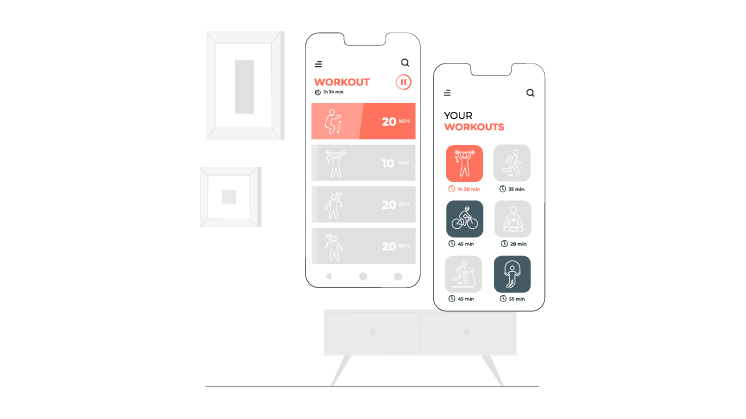
Quests
Quests guide users through predefined pathways of behaviors and goals. Completing a sequence of tasks makes participation more purposeful than isolated actions. Quests can tell an exciting story or have educational value.
For example, the photo editing gamified app VSCO presents themed quests like “Underwater Photography” that suggest learning photo challenges and editing techniques. Completing them earns rewards while expanding skills.
Challenges
Challenges pose complex skill-testing objectives beyond standard usage. These might be time-based competitions or creative contests. Challenges satisfy our need for mastery.
Social media site Reddit regularly hosts art, photography, and writing challenges. Redditors submit entries and vote on winners who earn trophies, premium memberships, and other prizes. The competitive format motivates participation and skill development.
There are many other possible mechanics. For example, unlockable content, random rewards, social features, countdown timers, and more. Focus on elements that align with the core goals of your gamified app.
Design and Development Strategies for a Gamified App
With the groundwork covered, let’s get into practical design and development considerations for seamless, effective gamification.
Build a Gamified App for Your Audience
Not all game elements work for all apps. Know your core objectives and target users to select appropriate mechanics.
Points, badges, and challenges increase engagement across nearly any app. But leaderboards thrive in social sharing apps where competition is integral, like exercise or daily routine. Educational and productivity apps can leverage quests for skill and habit development.
Always think about your target audience and demographics. For example, baby boomers may be motivated more by achievement badges over competitive leaderboards.
Integrate Gamification Intentionally
Don’t take game elements as an afterthought. Integrate mechanics holistically into the user flow and app architecture from the start.
Plan how activities will track points or other incentives. Determine how earning rewards will be communicated through notifications and feed updates. Gamification should feel like a natural, seamless part of your core experience related to your gamified app.
Collect Analytics for Refinement
Plan how you’ll securely collect and analyze usage data related to gamification features. Track metrics like retention, engagement, conversion rates, and revenue to measure impact.
Identify which specific mechanics, incentives, and rewards resonate most with users. Double down on what works while removing ineffective elements. Continuously refine your gamification strategy based on data insights.
Invest in Great UX and UI Design
While mechanics drive engagement, visual design brings gamification to life:
- Ensure UI clearly communicates progress, badges earned, leaderboard rankings, rewards unlocked, etc., through clean and intuitive displays.
- Make earning rewards and leveling up exceptionally satisfying through celebratory animations, sounds, and flair like confetti.
- Unlock higher interface “skins” or themes at milestones to reflect status and progress.
- Use mascots, illustrated characters, and other fun elements to add personality.
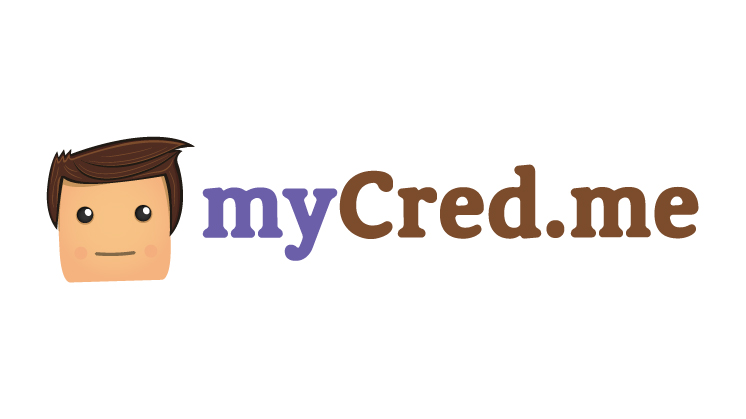
- Craft an interesting story or narrative for gamification features to tie into.
Resources and Tools for Developers
Specialized gamification platforms handle implementation details so you can focus on design:
- Unity Playable ads simplify adding gamified video ads into any app natively across platforms.
- GameSparks provides cross-platform backends with gamification features built-in to support mobile, web, and console apps.
- GamEffective’s tools help analyze player types and behaviors to create targeted, personalized experiences.
Many resources like blogs, communities, and conferences comprehensively cover proven gamification strategies. Also consider taking app maintenance and support services to improve your app’s security by bug fixing. .
Advanced Gamification Techniques
Once you have the fundamentals integrated, consider taking gamification up with these advanced tactics in your gamified app.
Personalization
Generic points and badges eventually lose impact. Personalize mechanics in your gamified app by:
- Tailoring challenges and quests based on user attributes like age, gender, interests, and skill level.
- Adjusting relative point values and difficulty based on preferences.
- Unlocking themed badges and rewards aligned to motivations.
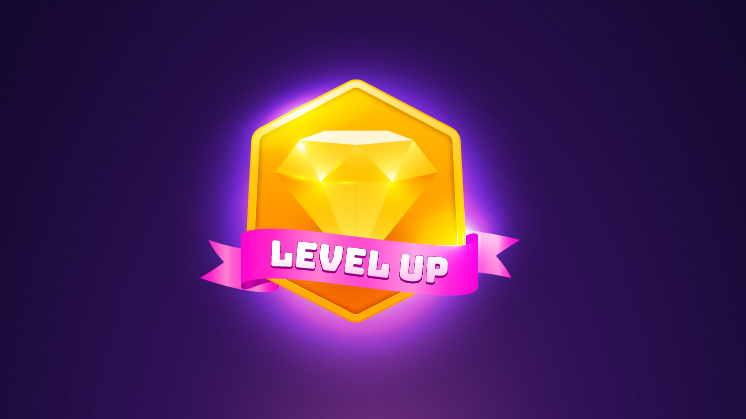
Personalized experiences feel more meaningful, which deepens engagement.
Adaptive Learning and Flow in a Gamified App
As users progress, their skill level changes. Ensure challenges stay within their flow zone in your gamified app. The challenges must not be too easy or difficult.
- Dynamically adjusting challenge requirements based on performance.
- Auto-tuning relative point rewards and difficulty curves based on user data.
Keeping users in flow sustains engagement long-term.
Social Engagement in a Gamified App
We have instinctive social needs. Gamification can strategically utilize social dynamics:
- Enable mentoring between players of different skill tiers.
- Facilitate collaboration or competitions within user teams and social groups.
- Allow gifting and sharing of rewards, items, etc.
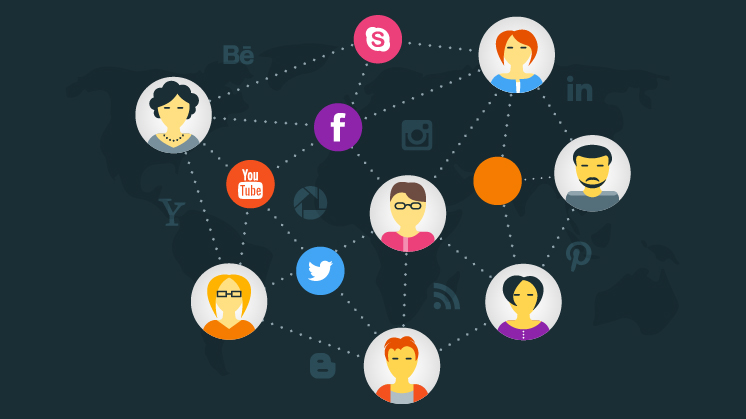
Social elements satisfy connection needs while building community.
Contextual Triggering
Sometimes contextual triggering or real-life circumstances can prompt actions:
- When at specific GPS locations, trigger local challenges or activities.
- Unlock certain features or challenges at designated dates and times.
- Integrate with fitness trackers and other device data for contextual rewards.
Contextual triggering makes gamification more immersive. Explore frameworks like Yu-Kai Chou’s Octalysis Model, covering core drives and motivations for even more advanced concepts.
Key Takeaways and Next Steps
Let’s recap the key tips regarding the development of a gamified app:
- Know your target users and app goals to select appropriate aligned mechanics. Points and badges work universally, while leaderboards thrive in social apps.
- Integrate gamification intentionally into the core user experience, not as an afterthought. Plan for tracking rewards and progress from the start.
- Invest in excellent visual and UX design to bring gamification elements to life. Use animations, sounds, themes, and character mascots.
- Continuously analyze performance data on mechanics to identify what resonates. Refine your gamification strategy based on data insights.
- Start planning your next gamified app feature update using the tips in this guide. Focus on integrating just 1-2 new mechanics at a time.
- Test different versions of gamified features with your users to identify what best motivates them.
Final Words
Implementing gamification requires thoughtful design, testing, and a data-driven approach. But the loyalty, engagement, and enjoyment it fosters are worth the effort. A gamified app requires thoughtful strategy and design but pays dividends in user loyalty and enjoyment. Hopefully, these tips provide a solid foundation for developing your gamification apps.